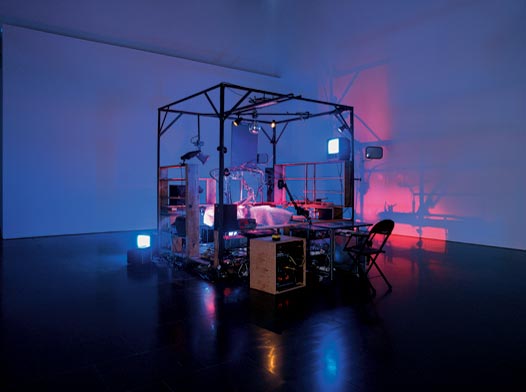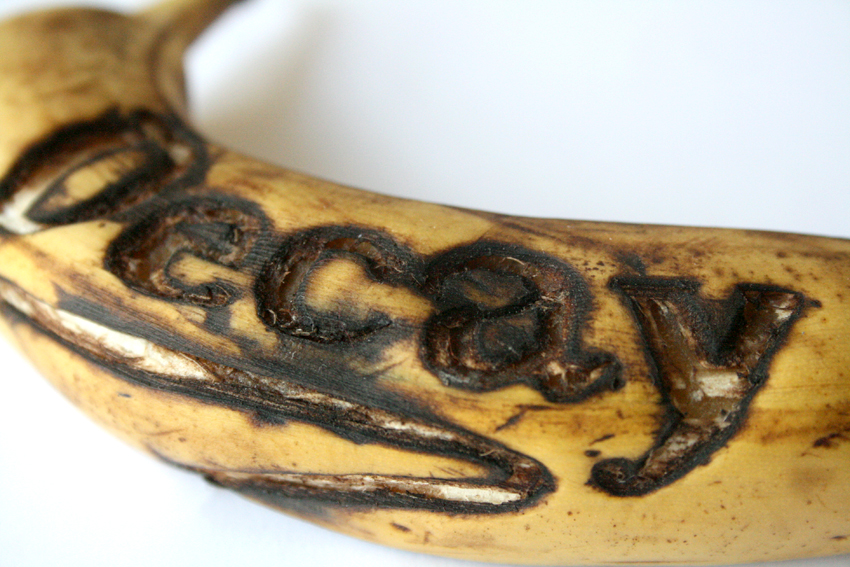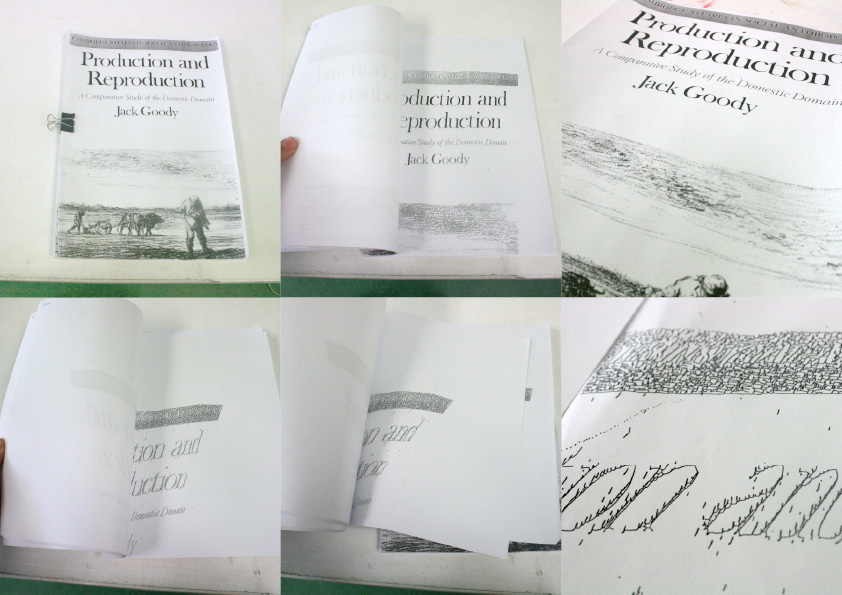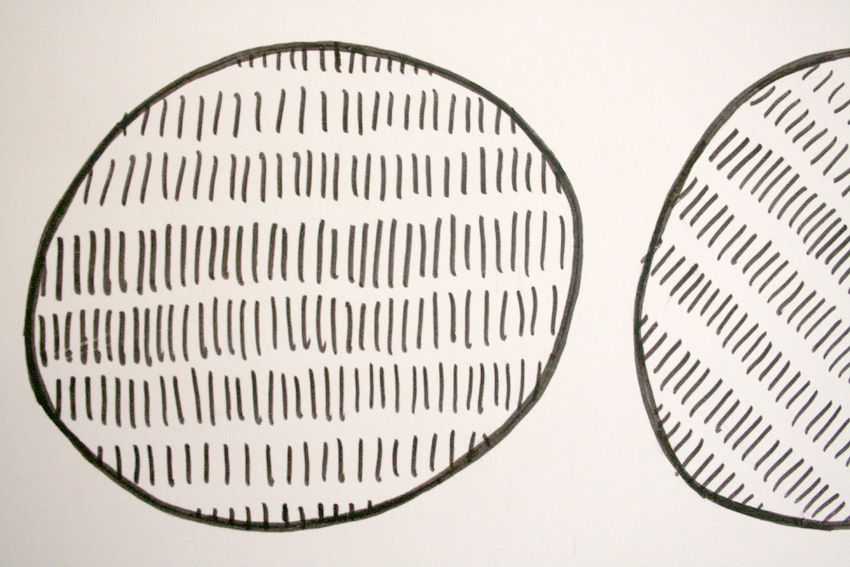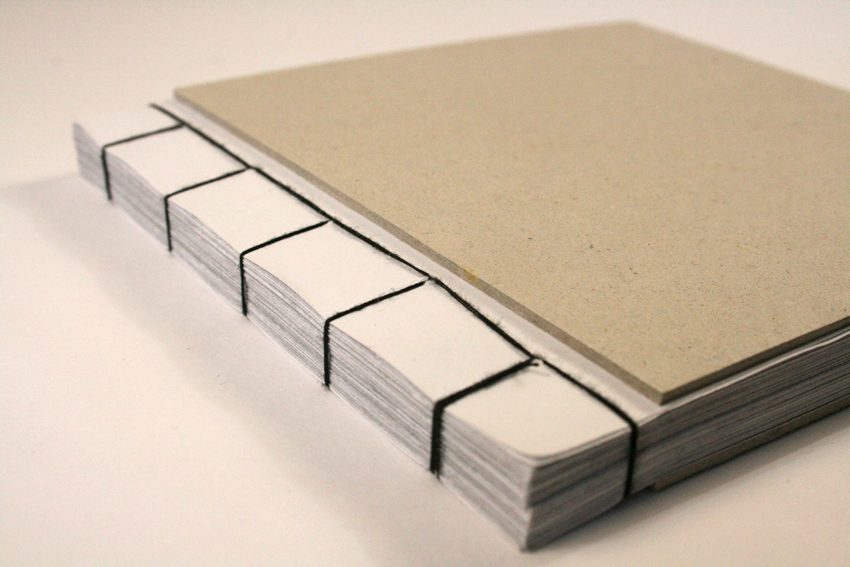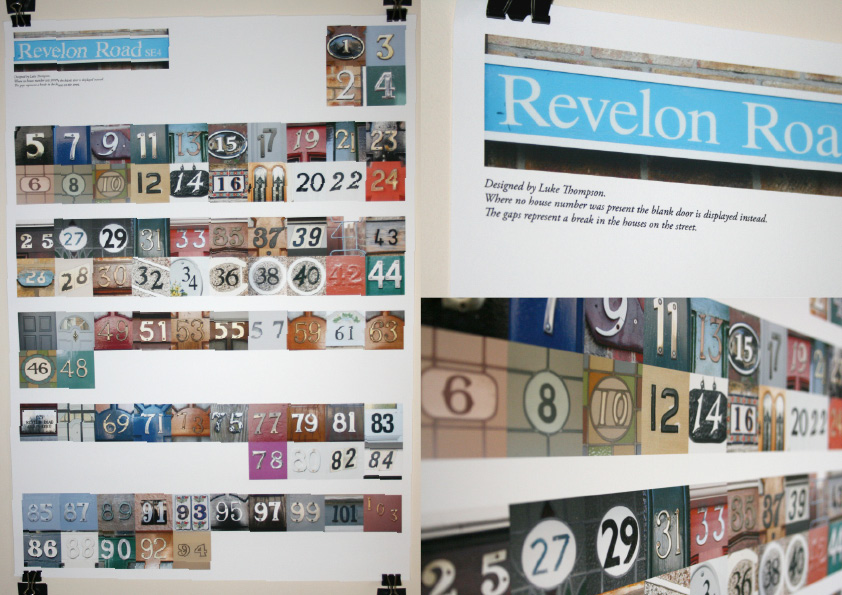There are a few quotes and pieces that I want to keep hanging around and be in my head so I'm going to write them up here and I might pay more attention to them.
Illuminations: Unpacking My Library, Walter Benjamin, Pimlico, London, (1999):
"not yet touched by the mild boredom of order"
"What I am really concerned with is giving some insight into the relationship of a book collector to his possessions, into collecting rather than a collection. If I do this by elaborating on various ways of acquiring books, this is something entirely arbitrary."
"For what else is this collection but a disorder to which habit has accommodated itself to such an extent that it can appear as order?"
"to a true collector the acquisition of an old book is it's rebirth."
Interpreting Collections and Object, ed. Susan M. Pearce, 1994, Routledge (New York and Oxon) Ch22 The Urge to Collect, Susan M. Pearce:
"A collection is basically determined by the nature of the value assigned to the objects, or ideas possessed. If the predominant value of an object or idea for the person possessing it is intrinsic, i.e., if it is valued primarily for use, or purpose, or aesthetically pleasing quality, or other value inherent in the object or accruing to it predominant value is representative or representational, i.e., if said object or idea is valued chiefly for the relation it bears to some other object or idea, or object, or ideas, such as being one of a series, part of a whole, a specimen of a class, then it is the subject of a collection." (Durost, 1932: 10)
"the collection is greater than the sum of it's parts"
Ch 26, Collecting reconsidered, Susan M. Pearce:
"Above all, it [material entering a museum] comes in groups, in sets of material."
"What links these collections [those in museums created by famous collectors] with their humbler cousins of the matchbox tops and beer mats is the lack of an intellectual rationale by which the material and it's acquisition was informed, and this nothwithstanding the fact that cigarette cards and the like are classified into sets which collectors try to complete: the sets have no rhyme or reason outside the covers of their albums.
Ch28, No Two alike: Play and Aesthetics in Collecting, Brenda Danet and Tamar Katriel:
"The pinnacle of achievement [validation?] is to have one's collection displayed by a museum."
"Some people collect 'real' objects while others collect imaginary representations of objects. Thus while Nabokov hunted real butterflies in the fields, the Viscountess Lambton created a total environment for herself in which not only her clothes but nearly every item in her home had a butterfly emblem on it (Johnstow and Beddow 1986."
"For an object to become part of a collection it has to be reframed as a collectible."
"To treat an object as a collectible is to take it out of it s natural or original context and to create a new context for it, that of the collector's own life and the juxtaposition with other items in the collection."
"The principle of no-two-alike" "same-but-different" "Humphrey has suggested that the paradigm for the experience of beauty in sameness-within-difference is rhyme. Just as a poem rhymes, so objects may rhyme: 'consider the nature of a typical collection, say a stamp collection. Postage stamps are, in structuralist terms, like man-made flowers: they are divide into 'species,' of which the distinctive feature is the country of origin, while within each species there exists tantalizing variation. The stamp-collector sets to work to classify them. He arranges his stamp in an album, a page for the species of each country. The stamps on each page 'rhyme' with each other, and contrast with those on other pages."
on completing a series or set: "To play with series is to play with the fire of infinity. In the collection the threat of infinity is always met with the articulation of the boundary' (Stewart, 1984: 159)" "When asked why he thought he had been attracted to stamps, one stamp-collector we interviewed replied, 'because you know exactly what you are missing'."
Miniatures: "'There are no miniatures in nature; the miniature is a cultural product, the product of an eye performing certain operations, manipulating, and attending in certain ways to the physical world' (Stewart, 1984: 55) [...] It is also pertinent that a miniature world is a more perfect world; the blemishes visible to the naked eye in life-size objects are no longer visible."
Ch30, Susan Stewart:
"The collection offers example rather than sample, metaphor rather than metonymy."
"Thus the miniature is suitable as an item of collection because it is sized for individual consumption."
"The collection relies upon the box, the cabinet, the cupboard, the seriality of shelves. It is determined by these boundaries, just as the self is invited to expand within the confines of bourgeois domestic space. For the environment to be an extension of the self, it is necessary not to act upon or transform it, but to declare its essential emptiness by filling it. Ornament, decor and ultimately decorum define the boundaries of private space by emptying that space of any relevance other than that of the subject."
"The collector can gain control over repetition or series by defining a finite set."
Ch37, Collectors and Collecting, Russell W. Belk:
"In a sense, many collections are 'discovered'."
"A common strategy to avoid completion is to redefine or add new collecting interests as completion nears. [...] The other strategy is to develop a 'serial collection' in which the items in the collection are owned sequentially rather than simultaneously."
"The vertical/ horizontal dimension reflects the degree to which a collection is housed in one centrally located array (often literally ‘vertical’ in it’s position on the wall or on shelves) as opposed to being spread or scattered throughout space (so that visiting the entire collection requires ‘horizontal’ movement). An illustrative example from the data is a collection of figurines, statuettes and small porcelain objects that occupied two glass-enclosed cases on both sides of the fireplace of one informant’s living room; in a sense, if an object were removed from these vertical arrays, it would no longer belong to the collection. In vivid contrast, another informant’s vast collection of heart, ducks, geese, apples and strawberries has expanded horizontally throughout her house; these objects pervade her space and appear in the most unsuspected places, which turned our photographic exploration of her home into a hunting expedition for hearts and geese."


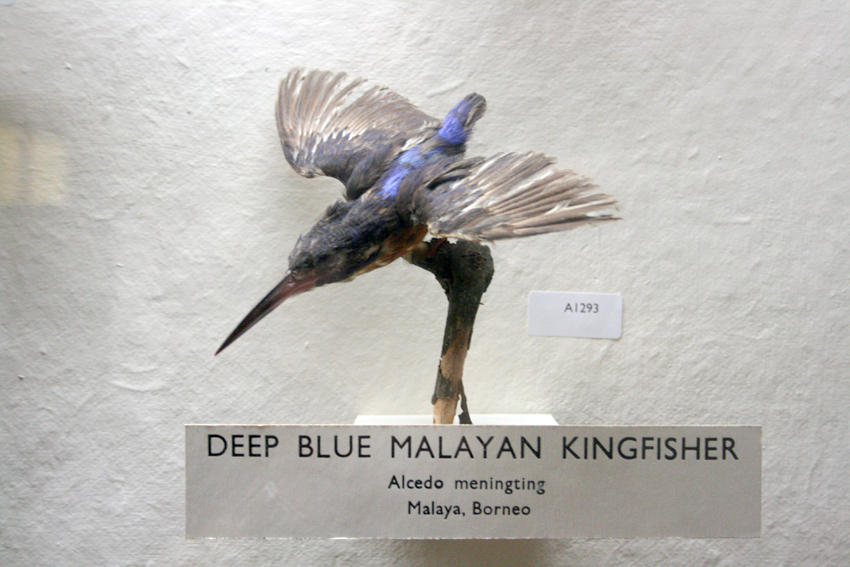
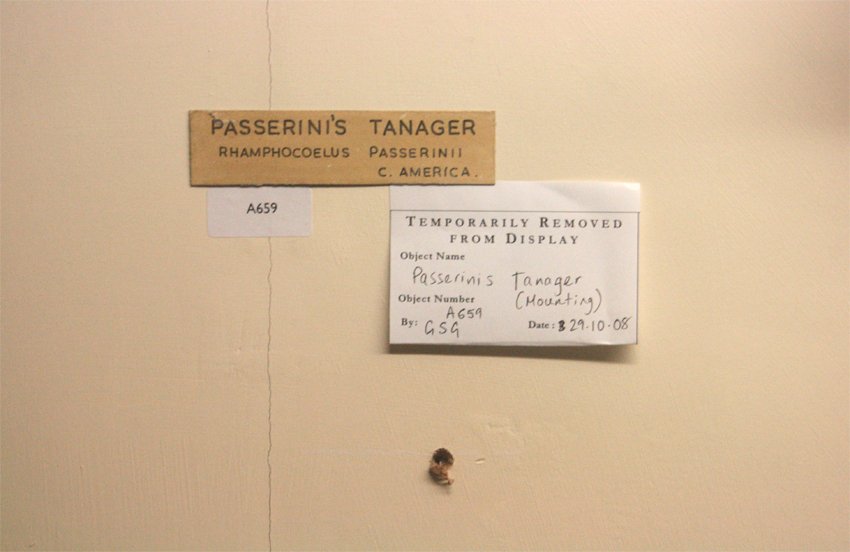 I think it's my new favourite place.
I think it's my new favourite place. This is the paraphernalia needed to collect, kill, mount and display butterflies and moths. I'm looking at the process with a view to creating some kind of machine that will collect and display in one artifact- perhaps the jar- i like the likeness to taxidermy display glass domes.
This is the paraphernalia needed to collect, kill, mount and display butterflies and moths. I'm looking at the process with a view to creating some kind of machine that will collect and display in one artifact- perhaps the jar- i like the likeness to taxidermy display glass domes. 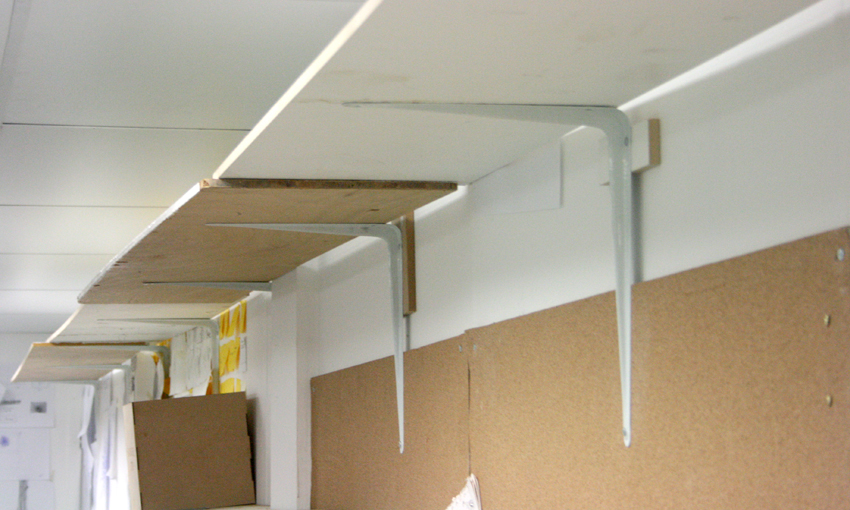 This is a very long shelf, about ten metres, in the studio. I created it as a space for a collection to occur but one which changes as people move things on and off it. It's just sort of looking at the boundaries for a collection and thinking about seriality in collections. It was directly inspired by the last Russel W. Belk quote from the previous post.
This is a very long shelf, about ten metres, in the studio. I created it as a space for a collection to occur but one which changes as people move things on and off it. It's just sort of looking at the boundaries for a collection and thinking about seriality in collections. It was directly inspired by the last Russel W. Belk quote from the previous post.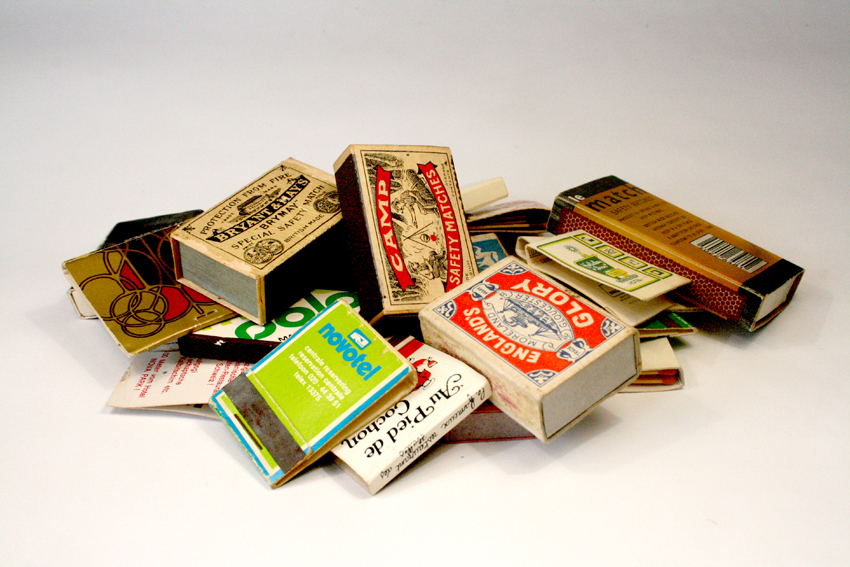 This is a pile of matchboxes. I intend to collect and curate an 'exhibition' a week- I was originally worried about what format this should take, an actual physical display would be too cumbersome and not bounded enough, a website would be forever unfinished and I didn't like that. I settled on a book- hopefully inkjet print when i get a printer and saddle stitched- this gives a consistent format for the curation side of things to be given more scope- i intend to use different labeling and organising systems- mainly to play and use them and get a better understanding of them- I realise the flaws in the actual acquisition of my 'collections' i.e. they are not true collections due to the contrived nature in which they were obtained (these were bought as a set from Deptford Market) but the real purpose is in the curation and indeed of the once a week thing, i will, through repetition be collecting collections.
This is a pile of matchboxes. I intend to collect and curate an 'exhibition' a week- I was originally worried about what format this should take, an actual physical display would be too cumbersome and not bounded enough, a website would be forever unfinished and I didn't like that. I settled on a book- hopefully inkjet print when i get a printer and saddle stitched- this gives a consistent format for the curation side of things to be given more scope- i intend to use different labeling and organising systems- mainly to play and use them and get a better understanding of them- I realise the flaws in the actual acquisition of my 'collections' i.e. they are not true collections due to the contrived nature in which they were obtained (these were bought as a set from Deptford Market) but the real purpose is in the curation and indeed of the once a week thing, i will, through repetition be collecting collections.






